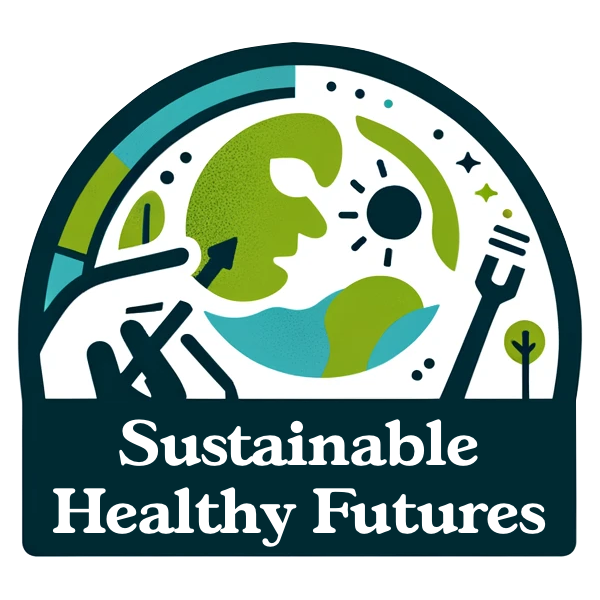Identifying global programs
Our research has aimed to identify and analyze global case studies that live at the intersection of climate adaptation, health equity, and addressing historical or structural harms. Recognizing the complexity of these intersections, we adopted a virtual methodology that enabled us to explore a diverse array of programs worldwide. The approach outlined below was utilized to identify, select, and engage with the case studies that formed the basis of our analysis.
Initial Identification
The first phase of our methodology involved a comprehensive virtual search to identify a broad subset of programs addressing the nexus of climate adaptation, health equity, and historical or structural harms. Utilizing academic databases, gray literature, and organizational reports, we compiled an initial list of programs. This expansive approach aimed to make our search inclusive and capture a wide range of initiatives across different contexts and scales. Nevertheless, this approach highlighted deficiencies in the methodology, allowing the team to identify programs only with an online presence and those that have gained some sort of outside funding.
Narrowing Down through Diversity Criteria
Given the extensive nature of our initial findings, the next step was to narrow down the selection to ensure a manageable and representative sample of case studies. We applied a set of diversity criteria to achieve a balanced representation of programs. These criteria included:
Geographic diversity to ensure global representation.
Population density, capturing initiatives in high-density urban areas, suburban settings, and rural environments.
Program focus, to include a range of strategies addressing our core themes.
Urban/suburban/rural divide, ensuring insights from various settlement types.
Funding amounts, to understand the impact of financial scale on program success.
Level of community leadership, highlighting programs with varying degrees of community involvement and leadership.
Applying these criteria, we refined our list to 20 case studies that offered a broad perspective on the intersection of climate adaptation, health equity, and addressing historical or structural harms.
Further Refinement through Community Interest
The final selection phase involved direct outreach to the communities and organizations behind the identified programs. This step was crucial in understanding the willingness and interest of these entities to engage with our research. Through virtual communications, we gauged the level of interest and availability for in-depth discussions and collaboration. This process not only ensured the feasibility of including the case studies in our research but also allowed us to prioritize programs where there was a mutual interest in sharing insights and experiences.
This outreach phase further narrowed down our case studies to those where communities were most interested in speaking with us, ensuring a rich, engaged, and cooperative research process.
Conclusion
By employing a virtual methodology that emphasized diversity and community engagement, we were able to identify and select a set of global case studies that provide valuable insights into the complex interplay between climate adaptation, health equity, and the redress of historical or structural harms. This approach not only facilitated a comprehensive understanding of the thematic intersections but also ensured that our research was grounded in the realities and priorities of the communities involved.

